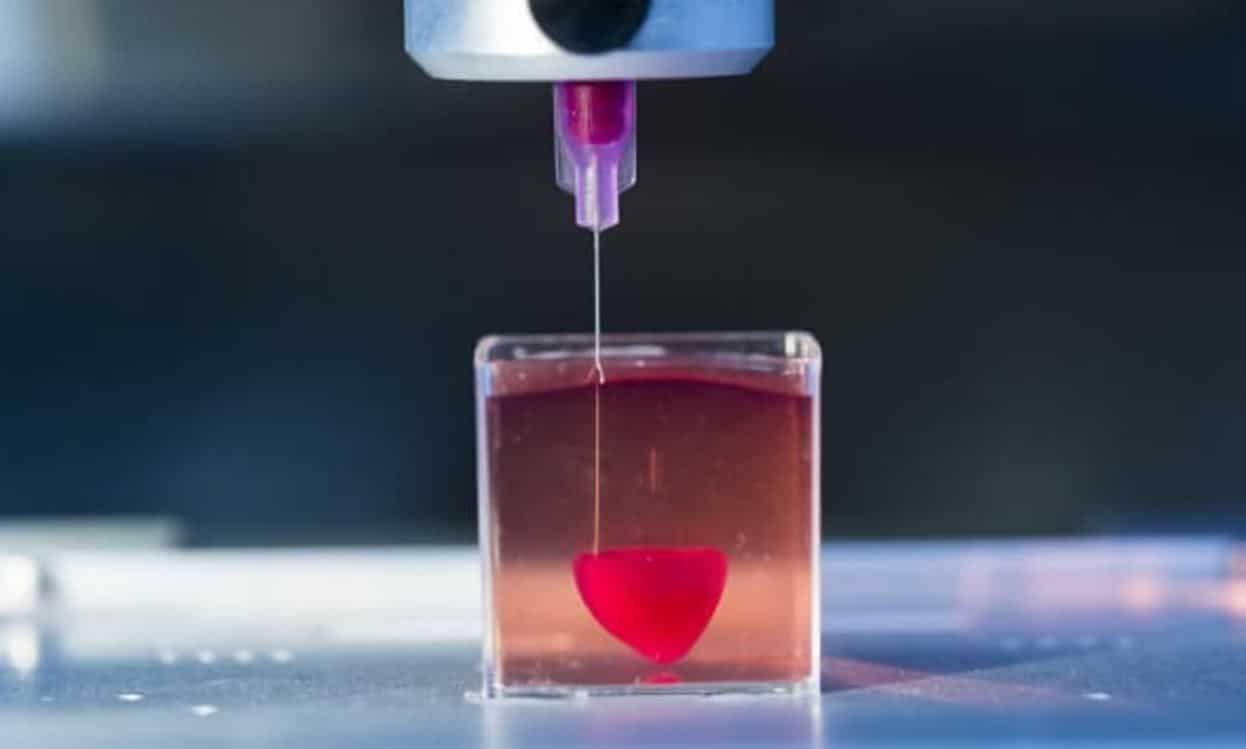3D-Printed Human Heart: For the first time in medical history, researchers used living cells from the human body to print a working 3D heart. The most recent advancement in the field of regenerative medicine comes from an Israeli team that was able to “print” the world’s first vascularized synthetic heart utilizing human cells and biological materials as the “bioink” for the 3D printer. Look at the specifics of this intriguing development.
A 3D-printed functional human heart has been created by researchers
A team of researchers from Tel Aviv University (TAU) in Israel has published the first three-dimensional vascularized synthetic heart in the Advanced Science journal. Although medical researchers have printed rudimentary tissues devoid of blood vessels, TAU researchers were able to build a heart replete with cells, blood vessels, and other functioning features.
“This is the first time anyone anywhere has successfully engineered and printed an entire heart replete with cells, blood vessels, ventricles and chambers,” Professor Tal Dvir, the study’s leader and a professor at TAU’s School of Molecular Cell Biology and Biotechnology, announced in a statement.
When it comes to “printing” the heart, it was done by extracting fatty tissues from patients and separating their cellular and a-cellular components. The recovered cells were reprogrammed to become pluripotent stem cells, which can differentiate into many cell types to build a functioning heart. Non-cellular materials, such as glycoproteins and collagen, were transformed into “bioink” for printers. The researchers were able to print complicated tissues such as cardiac patches, which led to the fabrication of an artificial human heart, by mixing these materials.
While this is a significant achievement, you should be aware that there is still much more to be accomplished. This heart, for example, is extremely little, and researchers must continue to nurture the “printed” hearts in the lab, “training them to behave” like human hearts. They’ll also put the 3D-printed hearts inside animal models to see how well they work.
Prof. Dvir predicts that in the next decade, the world’s best institutions will have organ printers to facilitate transplants without donor organs. Patients will no longer need to rely on organ donors if any of their internal organs fail. So, what are your thoughts on the first 3D-printed heart in the world? Let us know what you think in the comments section below.
Reuters: is the source of the featured image.
Via: Vice














